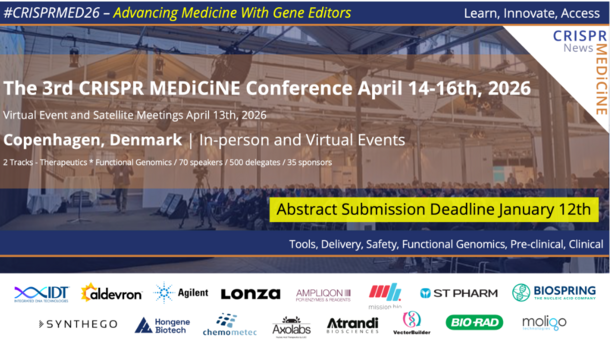CD40L-HyperIgM syndrome, also known as X-linked Hyper IgM (HIGM), is the most common form of Hyper IgM syndrome, caused by deficiency or dysfunction of CD40 ligand protein on activated T cells. This protein is essential for signalling B cells to switch from producing IgM antibodies to other types. The condition is inherited as an X-linked recessive trait, primarily affecting boys who inherit the affected X chromosome from carrier mothers.
People with HIGM typically develop symptoms during their first or second year of life, experiencing recurrent respiratory tract infections and susceptibility to opportunistic infections such as Pneumocystis jiroveci pneumonia. Gastrointestinal problems are common, particularly diarrhoea and malabsorption often caused by Cryptosporidium infections, which can lead to severe liver disease. Approximately half of individuals develop neutropaenia, resulting in oral ulcers and skin infections. The condition also significantly increases cancer risk, especially liver cancer.
Treatment involves immunoglobulin replacement therapy to address IgG deficiency, prophylactic antibiotics to prevent opportunistic infections, and supportive care for neutropaenia when present. Haematopoietic stem cell transplantation has been performed successfully and offers the potential for cure. Historically, individuals with HIGM had a guarded prognosis with few surviving beyond the third or fourth decade of life, though early stem cell transplantation has improved outcomes.
Source: Immune Deficiency Foundation
